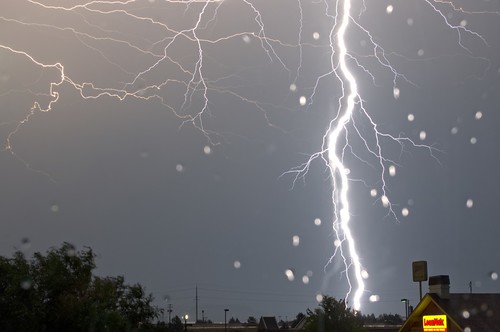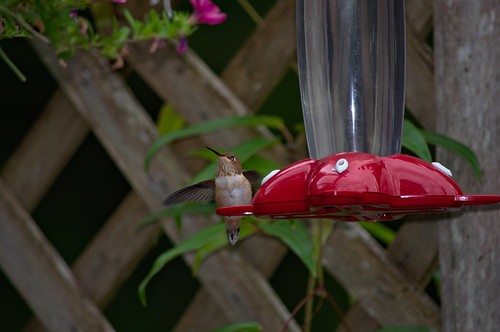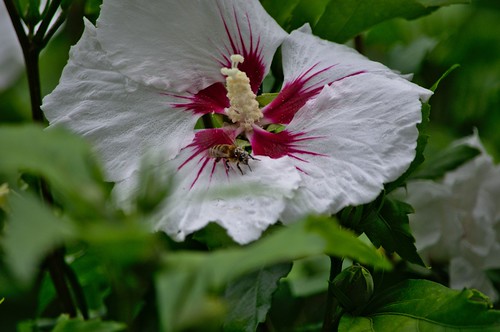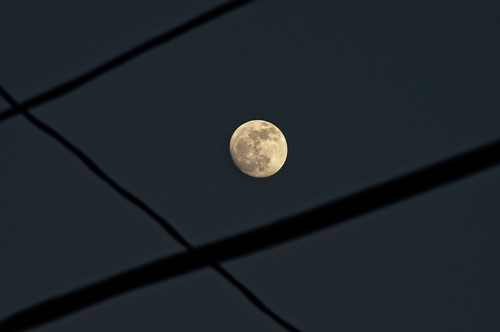I have always wanted to get a good shot of lightning, but we don't have many electrical storms in Western Washington. On a recent vacation to Eastern Washington/North Western Idaho I got a chance to try and get that shot one evening.
With a forecast for thunderstorms increasing as the weekend neared, my wife and I were excited at the chance to see a good storm - and we would not be disappointed at all! This storm was quite large, lengthy and for a good portion seemingly right outside our window/on top of us. After taking a couple of videos the battery in our camera was drained to the point where the shutter release was disabled and the spare battery was in the car. Well, after unplugging the white noise machine (for our one year old, who was asleep) in case something hit the hotel, our little one woke up and needed a diaper change something fierce - but like the spare battery, the wipes were in the car. Now I had a must need trip to the car and would retrieve the battery while I was there and get my change to attempt to take a photo of the storm.
So, camera on the tripod and remote shutter release cable at the ready, I thought I would try a 30 second exposure and try and time it right to get a bolt somewhere in that 30 seconds - after two exposures that was very apparent a waste of time and effort. Next thought, put the camera on bulb exposure @ f/11 and leave the shutter open till a bolt flashes by (again, trying to time it right). This strategy worked with a little luck and resulted in the below shot with just over a one second exposure.
 |
| Post Falls, Idaho Lightning Strike |
I could have had more chances at some amazing shots, but as mentioned earlier our spare battery was in the car during the more intense part of the storm. Sometimes a little luck is just what you need for an amazing shot, sure lightning photos may be much easier if you have a
lightning trigger, but for most of us we will have to rely on patience and the right timing to capture the lightning.
Blessings,
Jesse




